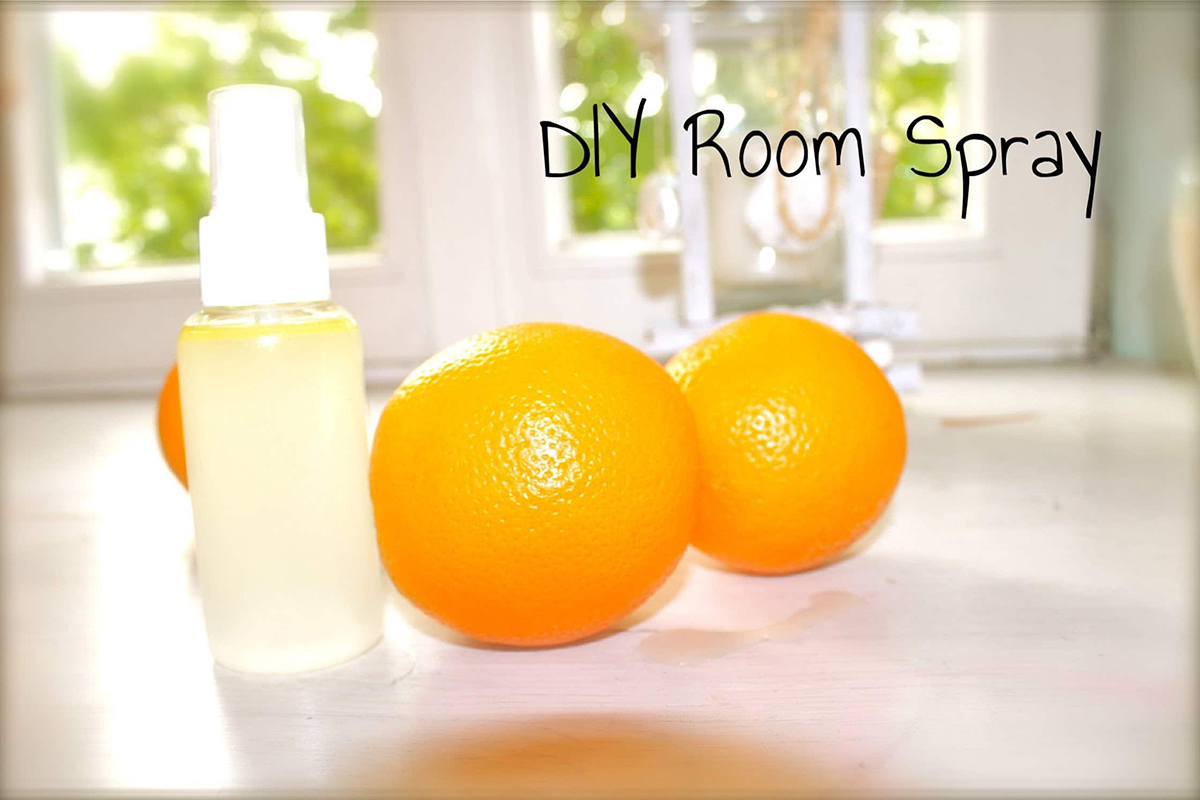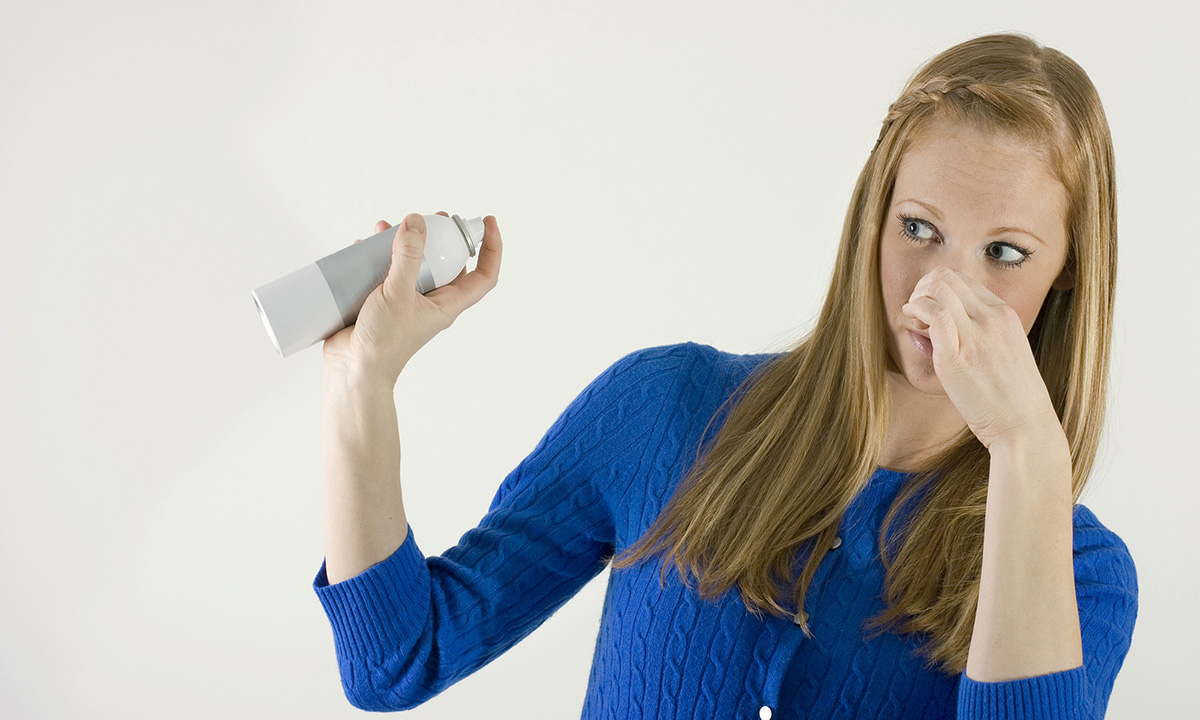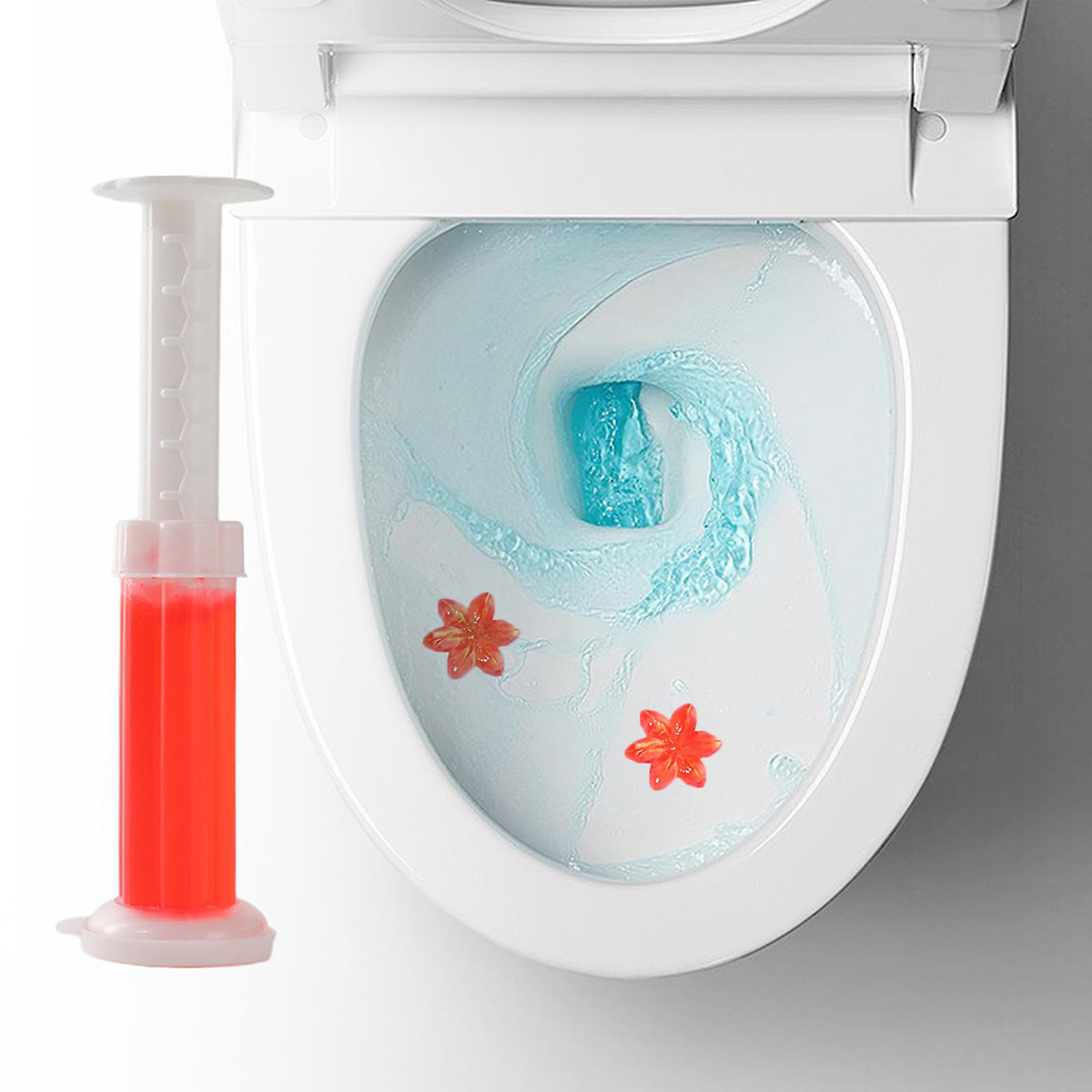Home>Health & Lifestyle>Air Quality & Filtration>What Is The Safest Air Freshener?


Air Quality & Filtration
What Is The Safest Air Freshener?
Modified: October 24, 2024
Discover the safest air freshener for your home with our air-quality-and-filtration guide. Improve indoor air quality and create a healthier living space.
(Many of the links in this article redirect to a specific reviewed product. Your purchase of these products through affiliate links helps to generate commission for Storables.com, at no extra cost. Learn more)
Introduction
Air fresheners are commonly used in homes, offices, and vehicles to eliminate unpleasant odors and create a more inviting atmosphere. However, many traditional air fresheners contain chemicals that may pose health risks to humans and pets. As a result, an increasing number of consumers are seeking safer alternatives to traditional air fresheners.
In this article, we will explore the differences between chemical and natural air fresheners, the potential health risks associated with certain air freshener ingredients, and how to choose the safest air freshener for your living and working spaces. Whether you are sensitive to synthetic fragrances, concerned about indoor air quality, or simply looking for eco-friendly options, understanding the various types of air fresheners and their potential impact on your health is essential.
By examining the benefits and drawbacks of different air freshener options, you can make informed decisions to promote a healthier and more pleasant indoor environment for yourself and your loved ones. Let's delve into the world of air fresheners and discover the safest and most effective ways to keep the air in your surroundings clean and fresh.
Key Takeaways:
- Choose natural air fresheners with essential oils and plant-based ingredients to avoid harmful chemicals and promote a healthier indoor environment.
- Look for air fresheners with transparent labeling, low VOC content, and sustainable packaging to prioritize safety and environmental sustainability.
Read more: What Is An Illegal Air Freshener
Chemical Air Fresheners
Chemical air fresheners, often found in the form of sprays, plug-ins, gels, and scented candles, contain synthetic fragrances and various volatile organic compounds (VOCs). These VOCs, such as formaldehyde, benzene, and phthalates, can contribute to indoor air pollution, leading to potential health issues when inhaled over extended periods.
One of the primary concerns with chemical air fresheners is the release of harmful substances into the air. When these products are used in enclosed spaces, the concentration of VOCs can become significantly elevated, impacting indoor air quality. Additionally, many synthetic fragrances used in air fresheners contain undisclosed ingredients, making it challenging for consumers to assess the potential risks associated with their use.
Furthermore, certain chemical air fresheners may exacerbate respiratory conditions, such as asthma and allergies, due to the presence of allergens and irritants in their formulations. Research has linked long-term exposure to these substances with adverse effects on respiratory function and overall well-being.
While chemical air fresheners are designed to mask odors and impart pleasant scents, their reliance on synthetic compounds raises concerns about the cumulative impact on human health and the environment. As a result, many individuals are turning to natural alternatives to minimize their exposure to potentially harmful chemicals present in traditional air fresheners.
Natural Air Fresheners
Natural air fresheners offer a safer and eco-friendly alternative to traditional chemical-based products. These solutions harness the power of essential oils, plant-based ingredients, and natural fragrances to freshen the air without the use of synthetic compounds or harmful chemicals. Common natural air fresheners include essential oil diffusers, sachets filled with dried flowers or herbs, and homemade sprays using natural ingredients.
Essential oils, derived from plants, possess aromatic properties and are renowned for their therapeutic benefits. When diffused into the air, these oils not only impart delightful scents but also offer potential mood-enhancing and air-purifying effects. Popular essential oils used for air freshening purposes include lavender, eucalyptus, lemon, peppermint, and tea tree, among others.
Another natural air freshening method involves creating sachets filled with dried flowers, herbs, or spices. These sachets can be strategically placed in closets, drawers, or other confined spaces to impart a subtle, natural fragrance. Additionally, homemade air freshening sprays, made with water, alcohol, and essential oils, provide a customizable and cost-effective way to freshen the air while avoiding synthetic additives.
Furthermore, indoor plants serve as natural air purifiers and can contribute to fresher indoor air. Plants such as peace lilies, spider plants, and aloe vera not only add a touch of greenery to interior spaces but also help remove airborne toxins and impurities, promoting a healthier indoor environment.
By opting for natural air fresheners, individuals can enjoy pleasant fragrances without compromising indoor air quality or exposing themselves to potentially harmful chemicals. Embracing natural alternatives aligns with a sustainable and health-conscious lifestyle, offering a breath of fresh air in more ways than one.
Look for air fresheners labeled as “all-natural” or “unscented” to avoid harmful chemicals. Consider using essential oils or homemade air fresheners for a safer option.
Potential Health Risks
The use of certain air fresheners, particularly those containing synthetic fragrances and chemical additives, has been associated with various potential health risks. Understanding these risks is crucial for making informed decisions about the products we use in our living and working environments.
One of the primary concerns related to chemical air fresheners is their contribution to indoor air pollution. Volatile organic compounds (VOCs) found in many air fresheners can react with other elements in the air to form harmful pollutants, impacting indoor air quality. Prolonged exposure to elevated levels of VOCs has been linked to respiratory irritation, headaches, dizziness, and exacerbation of asthma symptoms.
Furthermore, synthetic fragrances often contain phthalates, which are chemicals used to enhance the longevity of scents. Phthalates have been associated with endocrine disruption and potential adverse effects on reproductive health. Additionally, certain air freshener ingredients, such as formaldehyde and benzene, are known carcinogens, raising concerns about long-term exposure and its potential impact on human health.
In addition to respiratory and reproductive concerns, some individuals may experience allergic reactions or sensitivities to the chemicals present in air fresheners. Skin irritation, eye irritation, and allergic rhinitis are among the reported adverse effects associated with exposure to synthetic fragrances and other air freshener components.
Moreover, the use of aerosol-based air fresheners can contribute to indoor air pollution and may pose risks to individuals with pre-existing respiratory conditions. The fine particles dispersed by aerosol sprays can be inhaled deeply into the lungs, potentially causing respiratory distress and aggravating respiratory conditions.
By recognizing the potential health risks associated with certain air freshener ingredients, individuals can take proactive steps to minimize their exposure to harmful chemicals and prioritize the well-being of themselves and their families.
Choosing the Safest Air Freshener
When selecting an air freshener, prioritizing safety and effectiveness is essential to promote a healthy indoor environment. Consider the following factors to choose the safest air freshener for your home or workspace:
- Ingredients: Opt for air fresheners made with natural and non-toxic ingredients, such as essential oils, plant-based extracts, and water-based carriers. Avoid products containing synthetic fragrances, phthalates, formaldehyde, and other potentially harmful chemicals.
- Transparency: Look for products that provide clear and transparent ingredient lists, allowing you to make informed choices about the substances you are introducing into your living spaces.
- Third-Party Certifications: Seek air fresheners that have been certified by reputable third-party organizations, such as the Environmental Protection Agency’s Safer Choice program or independent eco-labels, indicating that the products meet stringent safety and environmental standards.
- Low VOC Content: Choose air fresheners with minimal volatile organic compound (VOC) content to reduce the risk of indoor air pollution and associated health concerns.
- Avoid Aerosols: Steer clear of aerosol-based air fresheners, which can contribute to respiratory issues and environmental contamination due to the release of fine particles and propellants.
- Sustainable Packaging: Consider air fresheners packaged in eco-friendly and recyclable materials, minimizing environmental impact and supporting sustainable practices.
- Personal Sensitivities: Take into account any personal sensitivities or allergies to specific scents or ingredients when choosing an air freshener, opting for fragrance-free or hypoallergenic options if necessary.
- Alternative Solutions: Explore natural air freshening methods, such as essential oil diffusers, homemade sprays, and indoor plants, as effective and safer alternatives to traditional air fresheners.
By evaluating air freshener options through the lens of safety, transparency, and environmental impact, consumers can make informed decisions that align with their health-conscious and eco-friendly values. Prioritizing the safest air freshener options contributes to a cleaner, fresher indoor environment without compromising personal well-being or environmental sustainability.
Read more: What Is In Febreze Air Freshener
Conclusion
Choosing the safest air freshener involves a thoughtful consideration of the potential health risks associated with traditional chemical air fresheners and the benefits of embracing natural alternatives. By understanding the differences between chemical and natural air fresheners, consumers can make informed choices to promote a healthier indoor environment while enjoying pleasant and inviting scents.
Chemical air fresheners, laden with synthetic fragrances and volatile organic compounds (VOCs), pose potential health risks, including respiratory irritation, allergic reactions, and concerns related to reproductive and hormonal health. The release of harmful pollutants into the air can compromise indoor air quality, impacting the well-being of occupants, particularly those with pre-existing respiratory conditions.
On the other hand, natural air fresheners, such as essential oil diffusers, sachets, and homemade sprays, offer safer and eco-friendly alternatives. Harnessing the aromatic and therapeutic properties of essential oils and plant-based ingredients, these natural solutions freshen the air without introducing harmful chemicals or synthetic additives. Furthermore, indoor plants contribute to air purification, enhancing the overall quality of indoor air.
When choosing the safest air freshener, consumers are encouraged to prioritize products made with natural and non-toxic ingredients, transparent labeling, low VOC content, and sustainable packaging. Avoiding aerosol-based air fresheners and considering personal sensitivities or allergies to specific scents are also crucial factors in making informed decisions.
By embracing natural air freshening methods and selecting products that align with health-conscious and eco-friendly values, individuals can create a cleaner, fresher indoor environment while minimizing their exposure to potentially harmful chemicals. Prioritizing the safest air freshener options contributes to a healthier and more inviting living and working space, promoting well-being and environmental sustainability.
Ultimately, the journey toward safer air freshening practices empowers consumers to make choices that benefit both personal health and the well-being of the planet, fostering a harmonious and refreshing indoor atmosphere for all to enjoy.
Frequently Asked Questions about What Is The Safest Air Freshener?
Was this page helpful?
At Storables.com, we guarantee accurate and reliable information. Our content, validated by Expert Board Contributors, is crafted following stringent Editorial Policies. We're committed to providing you with well-researched, expert-backed insights for all your informational needs.















0 thoughts on “What Is The Safest Air Freshener?”